Tail Management
6 min read
Tail management is crucial in dairy farming to ensure animal welfare and a positive working environment. Tail injuries can cause pain and impact how cows communicate. Minimising tail damage involves improving stockperson skills, changing the environment, and using other restraint methods. Heifer training can reduce stress and increase milk letdown. Handling tails should be a last resort and done carefully. Regular tail audits help monitor and address tail damage. Damaged tails require proper care, and reporting tail breaking concerns is essential to protect animals' well-being. Always prioritise the welfare of your cows.
Minimising tail damage on farm means improved animal care, less stress for cows and staff, and a more enjoyable workplace.
No farmer wants their animals being harmed, and this includes tail injuries. Tail damage is painful for cows and should be avoided at all costs. The tail tells a story. What are the ones on your farm saying?
Cows remember things just like we do- just like one friendly pat at the shed can lead to a season of pats, one painful moment can create ongoing fear for the cow.
Improving stockperson skills is one way of ensuring tail damage doesn’t occur. This takes time, and sometimes the best people can only do so much with poor handling facilities, but damaged tails never go away.
"We consider tail damage an important animal welfare matter. Our farm policy covers this. Animal handling skills and empathy with stock are important to us when we employ staff."
Tails of different animals have different functions- from balancing and gripping, to attracting mates, to showing happiness and communicating other emotions.
As with other animals, a cow's tail is an important signalling device that has purpose:
Tail damage is not only painful, it can also impact how a cow communicates with her world.
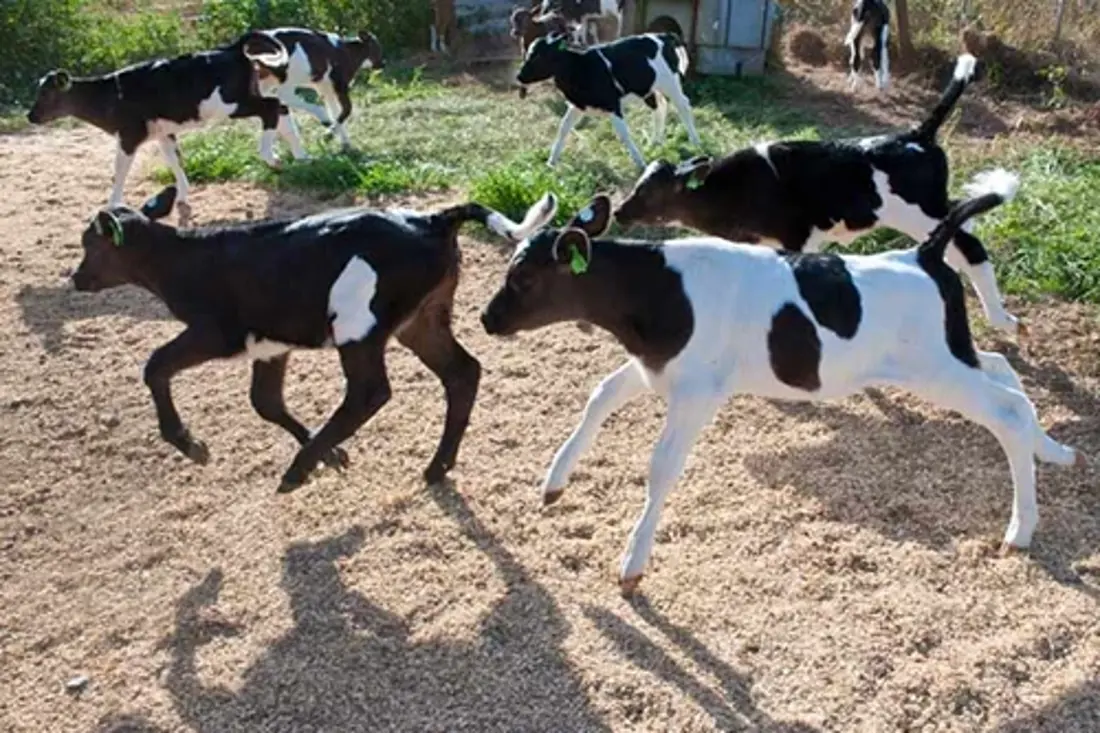
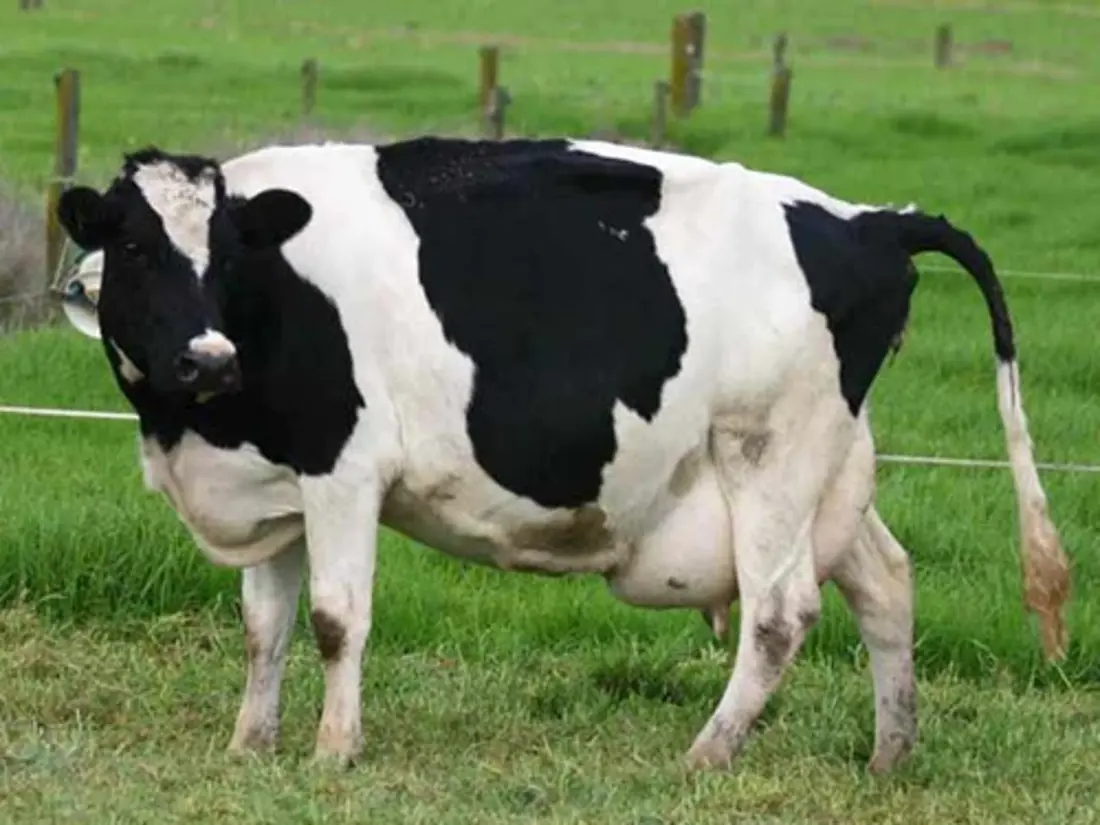
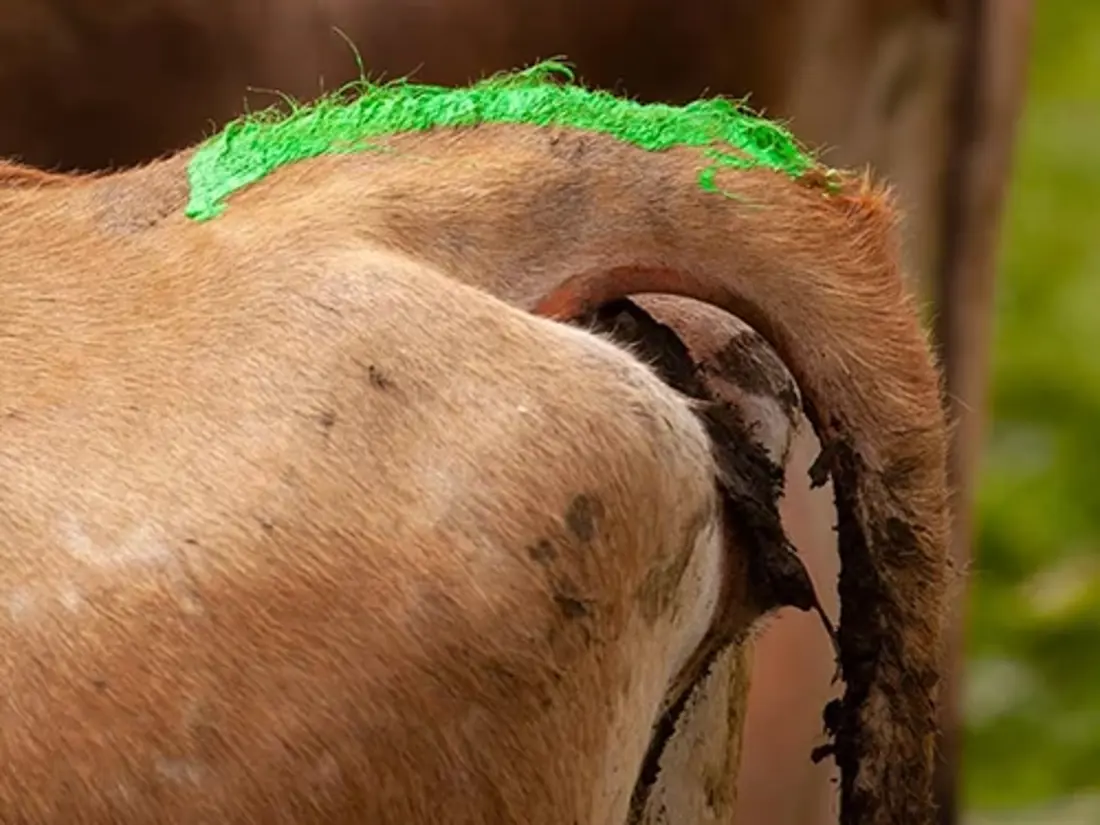
The tail is made up of vertebrae and is an extension of the spine.
There are about 18-20 vertebrae in a cow’s tail.
Cows have about 207 bones in their body, so their tail makes up almost 10 percent of those bones.
"I know whenever I jam my finger it hurts, so I can imagine how much it hurts when one of our cows has an injured tail."
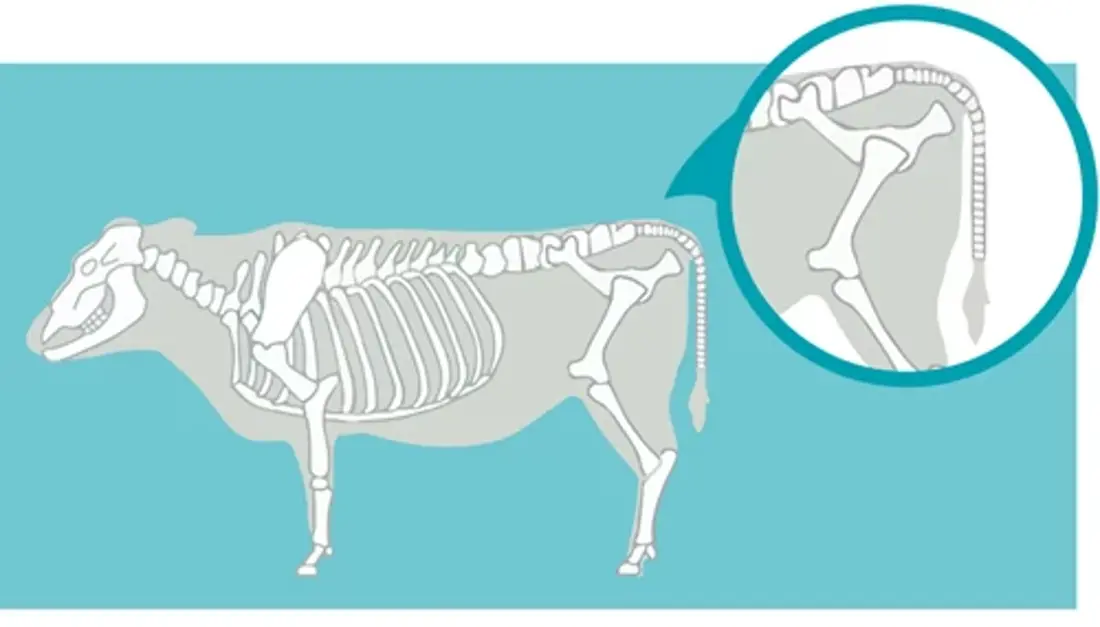
There are about 18-20 vertebrae in a cow’s tail.
What would you do if she didn’t have a tail? It might be tempting to handle tails when restraining or moving cows, but it’s important to think about how cows might be feeling in these situations. Cows may be scared, sore, or nervous, and handling their tails creates the risk of injury. To minimise damage, there are several other things you can try before handling tails.
Change the environment
Restrain
Scrum
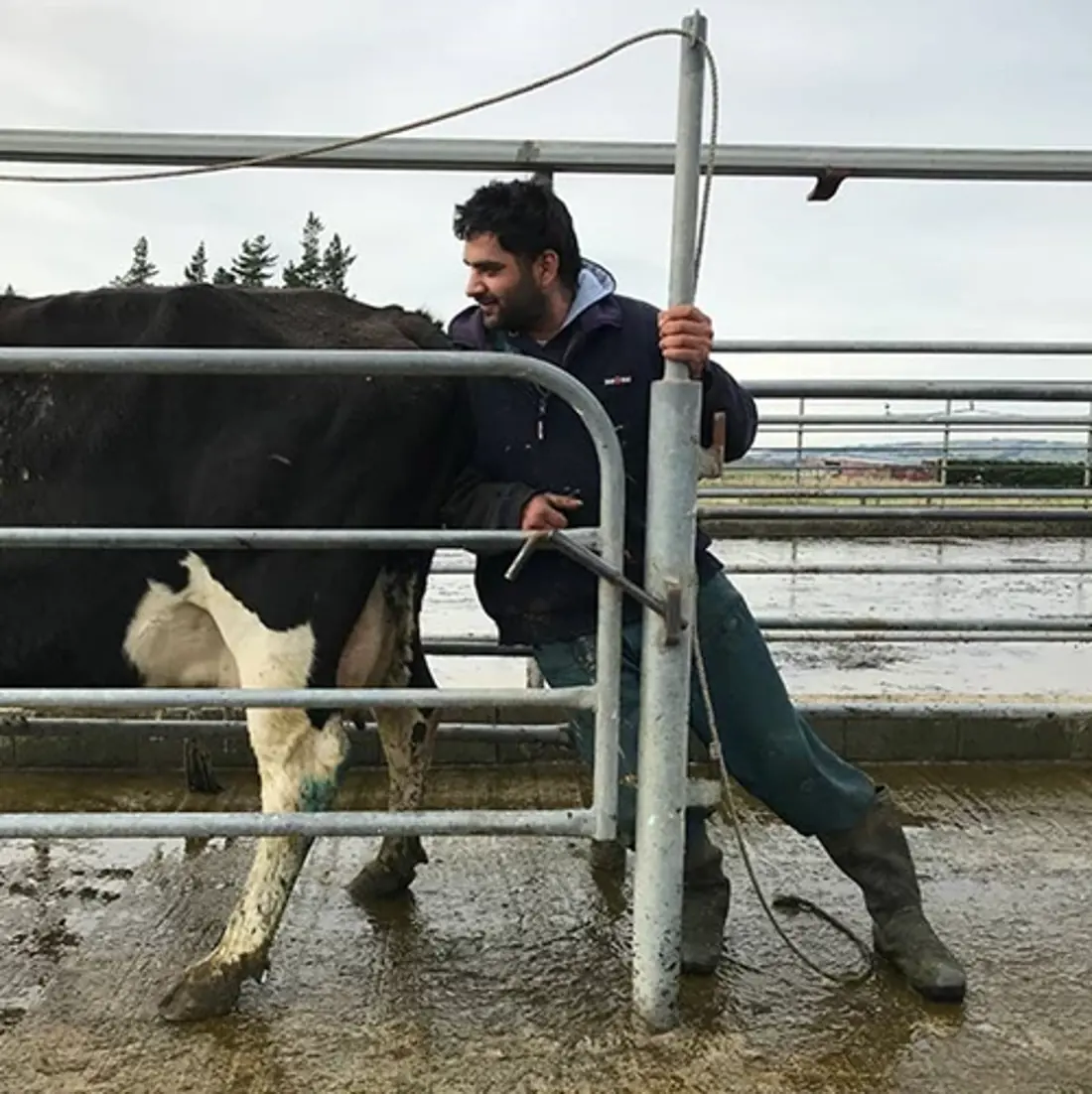
Scrum the cow with your back or shoulder to encourage her to move forward.
"We train our team for any situation where people may be tempted to handle tails. We find other ways to calm the cows in those instances."
Handling heifers before they calve and introducing them to the shed can reduce stress on animals and people, increase milk let down, and create a safer working environment. Time and patience are needed but it will pay off in the long run.
See Training heifers.
If you must handle tails, it’s important to do so in a way that does not cause pain or damage to the cow.
It's important to communicate your handling policies to your relief milkers, calf rearers, veterinarians, transporters, graziers, etc.
"It's a habit issue. It's no longer acceptable to handle tails. I've recorded damaged tails on the whole herd since 2016 for this purpose and highlighted court cases to staff to communicate the seriousness."
Stay aware of your surroundings - cows can be unpredictable. Stay behind kick rails when possible, avoid getting in the race with cattle, and always have an escape route planned.
Working with animals that aren’t behaving as you want them to can be stressful and frustrating. It’s important to make sure our emotions aren’t impacting on the way we care for our animals. As a team, it’s useful to work out where the risks are to make sure you’re not pushing to the point where people or animals get hurt. Develop strategies to avoid injuries such as:
A regulation restricting any shortening or removal of tails came into effect from 1 October 2018. See the Animal welfare regulations page for more information.
Keep tail hair trimmed to prevent tails getting caught in equipment and to prevent the build up of muck which can lead to tail injuries. Switches can be trimmed using hand shears, scissors, or electric trimmers.
Avoid using tail tape as an identification tool - if the tape gets dirty and left on it can lead to tail damage.
"We trim tails once they've calved and use it as a marker - it's another way of identifying they've calved. Then we do another trim mid-season and one more at the end of the season so they're clean for dry off and go into winter with clean tails."

Shears and scissors are cheap and simple to use on small numbers.
Many farmers get their vet to do an annual tail audit to monitor tail damage. It’s important to track changes and identify how and why any new tail damage occurs. Farm teams are the best group to identify where the challenges are to find solutions.
Annual tail audits are the most valuable once heifers enter the herd or after changes in the farm team, to create a benchmark to identify any handling issues. Having accurate records also allows you to track whether tail damage occurs on-farm or at off-farm grazing.
Check that your vet uses the national tail scoring standard. This will ensure scoring and reporting consistency so that you can compare your herd’s results year on year, regardless of where you farm or what vet you use.
"It's important to record damaged tails once a year so you know if new injuries are happening. If you don’t record and benchmark how can you know you have a problem or work to fix it?"
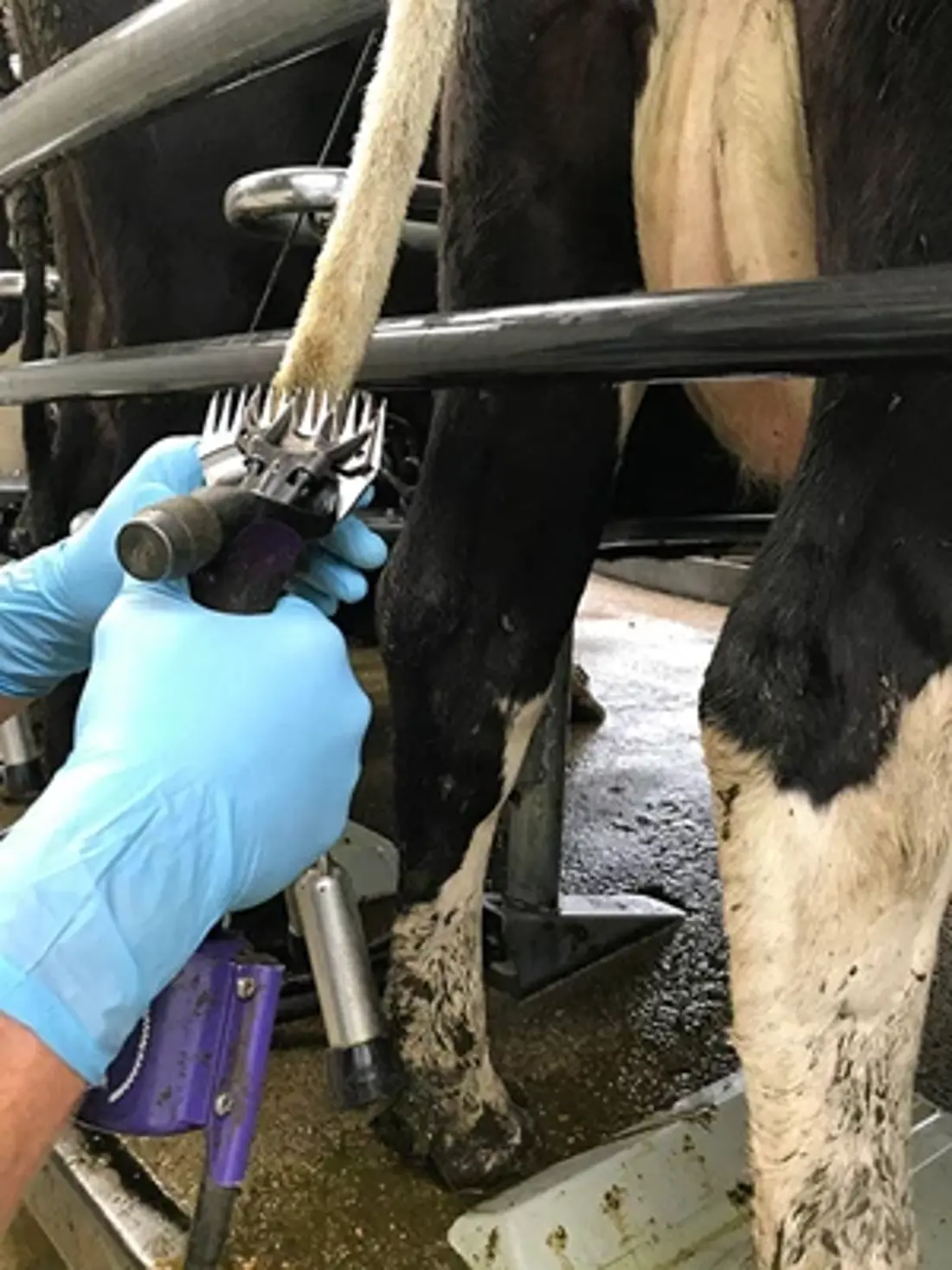
Electric trimmers make trimming large numbers of tails quick and easy.
Regulations require any shortening of damaged tails to be carried out by a vet and pain relief given. If you see a damaged tail that needs shortening:
Reporting a potential tail breaking concern within your farm business can seem like a confronting step, but it shows you care about your animals, it protects your reputation, and it’s the right thing to do.
If you suspect you have an issue with tail breaking on farm, call MPI at 0800 00 83 33. An Animal Welfare Inspector will work with you to set up a tail assessment meeting during milking. They will let you know if there's anything you need to prepare before the visit. Records such as tail audits and stock handling policies and trainings may be useful.
Investigations are carried out on a case by case basis. MPI may talk to everyone on your farm team. It’s important that MPI can get as much information as possible to make informed decisions to protect your animals.
Tail breaking is a breach of the Animal Welfare Act and likely constitutes serious misconduct. Find out more about disciplinary procedures and investigating misconduct.
Now’s the perfect time to check in, plan, and set up for a strong season. We’ve pulled together smart tips and tools to help you stay ahead all winter long.
Whether you prefer to read, listen, or download handy guides, we’ve got you covered with trusted tools to support your journey every step of the way.
Put our proven strategies and seasonal tools to work. Boost production, support animal health and watch your profits hum.
Tools that are backed by science, shaped by farmers and made for this season.
That’s Summer Smarts.